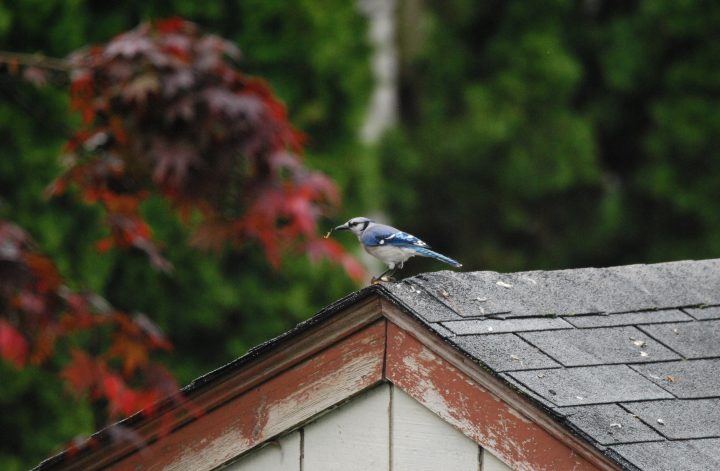Picture this: a lush green carpet covering your roof, transforming it into a scene from a fairy tale. While the sight may be enchanting, the reality is that moss on your roof can lead to serious issues if left unattended. Roof moss doesn’t just affect the aesthetic appeal of your home; it can compromise the integrity of your roof, causing damage that may lead to costly repairs. Here are eight proper techniques for effective roof moss removal, ensuring both the longevity and visual appeal of your home.
1. Prevention is Key
One of the best ways to deal with roof moss is to prevent its growth in the first place. Installing zinc strips along the peak of your roof is a proactive measure that helps inhibit moss growth. When rainwater runs over the strips, small amounts of zinc are released, preventing moss, algae, and fungi from taking root.
2. Regular Roof Maintenance
Consistent roof maintenance is crucial for preventing and tackling moss-related issues. Regularly inspect your roof for any signs of moss growth, especially in shaded areas. Promptly address any issues you find to prevent the moss from spreading and causing more extensive damage.
3. Chemical Treatments
For more severe moss infestations, chemical treatments can be an effective solution. There are various moss-killing products available on the market, usually containing ingredients like zinc sulfate or potassium salts of fatty acids. When using chemical treatments, follow the manufacturer’s instructions carefully, and consider using environmentally friendly options to minimize the impact on surrounding vegetation.
4. Pressure Washing
Pressure washing is a powerful technique for removing moss from your roof. However, it requires caution, as excessive pressure can damage your shingles. Use a low-pressure setting and hold the nozzle at a distance to avoid causing any harm. Additionally, before pressure washing, remove loose moss with a soft-bristle brush to make the process more effective.
5. Use of Natural Solutions
If you prefer an eco-friendly approach, natural solutions can be highly effective. A mixture of equal parts water and white vinegar or water and baking soda can be sprayed onto moss-covered areas. Allow the solution to sit for some time before gently scrubbing away the moss. This method is gentle on your roof and the environment.
6. Manual Removal with a Soft Bristle Brush
For a hands-on approach, manual removal using a soft-bristle brush is effective, especially for smaller moss patches. Gently scrub the affected areas to loosen the moss, being careful not to damage the shingles. Follow up with a thorough rinsing to remove any remaining debris.
7. Trim Overhanging Branches
Moss thrives in shaded, damp environments. By trimming overhanging branches, you allow more sunlight to reach your roof, creating an environment less conducive to moss growth. This simple step can significantly reduce the likelihood of moss taking hold on your roof.
8. Professional Roof Cleaning Services
If moss growth is extensive or you’re uncomfortable performing the removal yourself, consider hiring professional roof cleaning services. These experts have the knowledge, experience, and equipment to safely and effectively remove moss while minimizing the risk of damage to your roof.
Conclusion
Maintaining a moss-free roof requires a combination of preventive measures, regular inspections, and appropriate removal techniques. By following these eight proper techniques, you can ensure the longevity of your roof and keep your home looking its best. Whether you choose a DIY approach or seek professional assistance, addressing roof moss promptly will protect your investment and contribute to a healthier, more visually appealing home.



